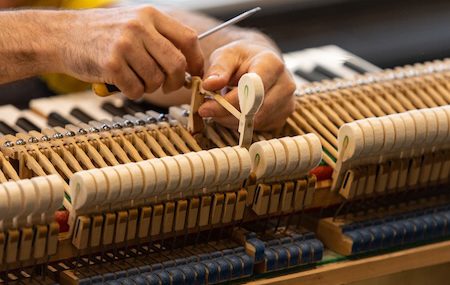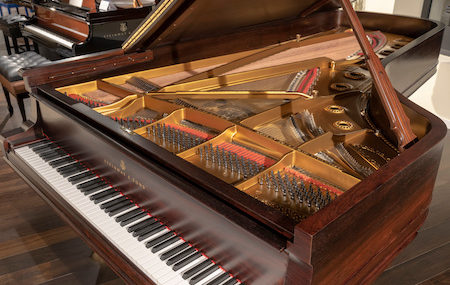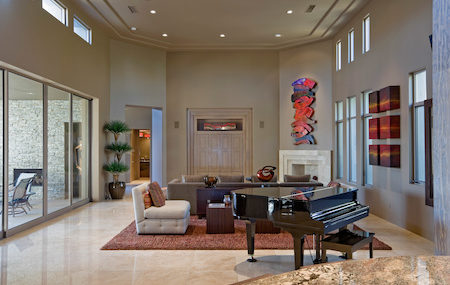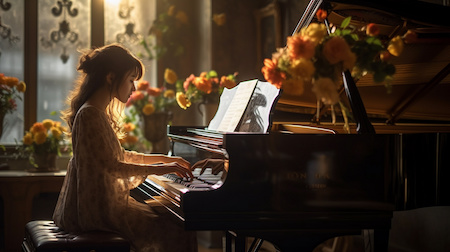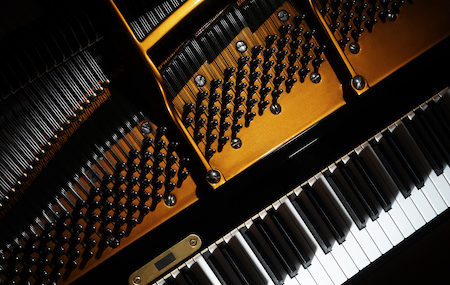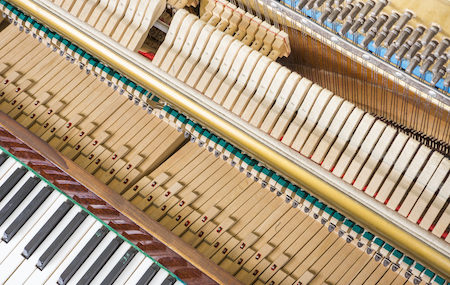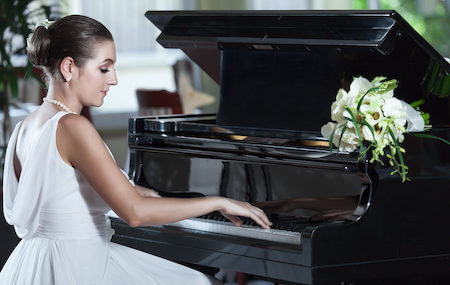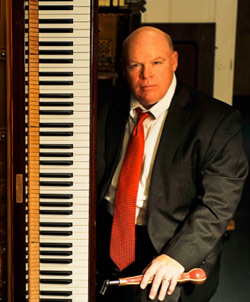Owning a piano gives you access to a beautiful instrument that allows you to make music whenever you desire. But owning a piano isn’t something you can place and forget; it requires maintenance from time to time.
You might already know it will need regular tuning. You might have a soft cloth ready to keep the keys clean. But did you know:
- Protect from direct sunlight: UV rays can damage the finish and cause wood to warp, so keep your piano away from direct sunlight or use curtains or blinds to shield it.
- Monitor humidity levels: Invest in a hygrometer to monitor humidity levels around your piano, as extreme fluctuations can affect tuning and cause damage to the wood.
- Rotate music sheets: If you keep sheet music on your piano, rotate them regularly to prevent uneven fading or discoloration from sunlight exposure.
- Avoid placing objects on the piano: Keep decorative objects, drinks, or other items off the piano to prevent accidental spills or scratches.
- Protect floors from casters: If your piano has casters, use protective pads or coasters underneath to prevent damage to hardwood or carpeted floors.
- Mind the temperature: Avoid placing your piano near heating or cooling vents, as extreme temperature changes can affect tuning stability and wood integrity.
- Regularly dust the interior: Use a soft brush or vacuum with a brush attachment to carefully remove dust and debris from the interior of your piano, especially around the strings and soundboard.
- Avoid harsh cleaning products: When cleaning your piano, avoid using harsh chemicals or abrasive cleaners, as these can damage the finish and materials of the piano.
- Check for sticking keys: Periodically test each key for sticking or sluggish movement, and have any sticky keys repaired or regulated by a professional technician to ensure smooth and responsive playing.
- Keep the piano level: Ensure that your piano is placed on a level surface to prevent uneven stress on the internal components and to maintain proper alignment for optimal performance.
- Avoid excessive moisture: Keep liquids away from the piano, and use a dry cloth to wipe up any spills immediately to prevent moisture from seeping into the keys or internal components.
- Schedule regular inspections: Arrange for periodic inspections by a qualified technician to assess the overall condition of your piano and to catch any potential issues before they escalate.
To own a piano is to love to play. Think of all the ways you’ll make beautiful music together. But without proper care, it might not sound the way you desire.
Have you ever considered any of these piano maintenance tips before?
